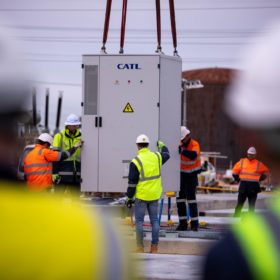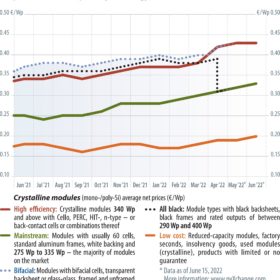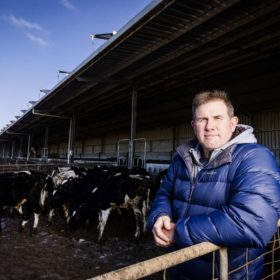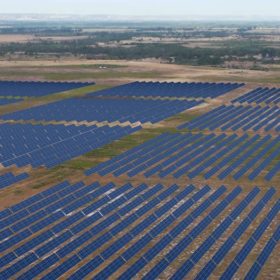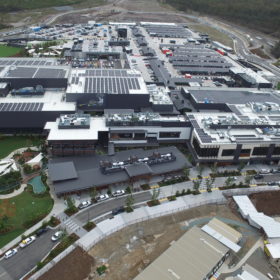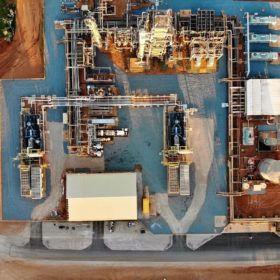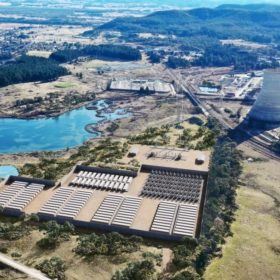Wave Swell Energy trial delivers conversion rates of up to 50%
Australian renewables company Wave Swell Energy says the time has come for wave power to sit alongside wind, solar and energy storage as part of a modern energy mix after a 12-month trial of its technology in the seas of Bass Strait produced an average rate of conversion from ocean energy to electricity of up to 50%.
Synergy eyes system security as installation begins on WA’s biggest battery
Construction has commenced on what will be Western Australia’s biggest battery energy storage system with the first of the battery units installed for the 100 MW/200 MWh Kwinana Big Battery being built at the site of the decommissioned Kwinana Power Station near Perth.
India’s solar pump capacity hits 691.4 MW
The Indian government’s PM KUSUM Scheme supports farmers in installing standalone solar pumps and solarizing existing grid-connected agriculture pumps.
Weekend read: Chaos with no end in sight
We in the solar industry are used to our share of craziness. For us, business as usual is more the exception than the rule. We are used to coping with all sorts of imponderables – chaos as usual. Companies that have mastered this from years of training will probably be able to navigate their businesses through these troubled times. Martin Schachinger of pvXchange finds that it has been a long time since the PV market has been as crazy as it is now. Prices are rising steadily across the board, but not for solar panels.
Australian storage gets Victorian dairy farm to 95% renewables, saving ‘at least’ $70k in bills per annum
Fourth-generation Victorian dairy farmers this week commissioned their 250kW rooftop solar system coupled with 520 kWh of battery storage from Australian company Energy Renaissance. The couple are forecast to save at least $70,000 annually with the system, cutting their grid reliance by 95% and hopefully inspiring neighbouring farms.
Bristol Springs study paves way for low-cost green hydrogen
Frontier Energy’s plans to produce green hydrogen powered by renewable energy sourced from the potential 500 MW Bristol Springs Solar project it is developing in Western Australia has received a major boost with a study revealing the cost of hydrogen production could be as low as $2.85 per kilogram.
CleanCo strikes renewables deal with Scentre Group
Queensland’s publicly-owned energy generator and retailer CleanCo has inked a long-term deal to supply shopping centre major Scentre Group with 100% renewable electricity for its Westfield centres across the state from 2025.
Recent events push NEM turnover to new heights
The story of recent times in Australia’s National Electricity Market has been the significant escalation of wholesale price outcomes in the market.
Greenspot gets green light for 1,000 MWh battery
New South Wales is a step closer to adding another big battery to its network with Greenspot securing planning approval from state government authorities for a massive 500 MW/1,000 MWh grid-connected battery to be developed at the site of the defunct coal-fired Wallerawang Power Station near Lithgow.
ACT details plan to ditch gas in shift to electric future
The Australian Capital Territory government has unveiled plans to phase out the use of fossil gas by 2045 at the latest and move the market towards a net zero emissions future by “electrifying Canberra with renewable electricity over the next two decades”.

